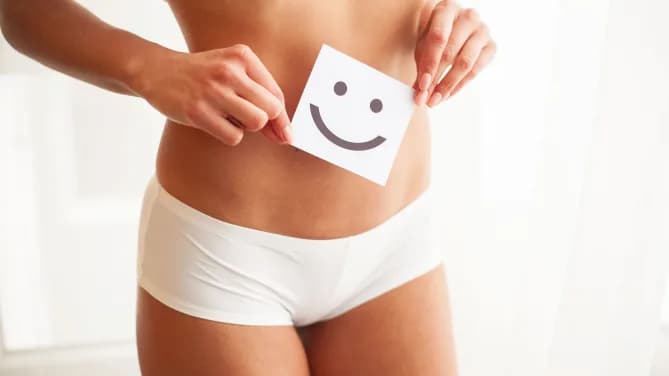9 Period Panties That Are Worth Every Penny
Taboo — it stems from the Polynesian root word ‘tapua,’ which means menstruation. That's right: There's so much shame surrounding menstruation, that the word taboo was born of it.
Because there are so many stigmas that debase women and girls during their cycles, a lack of access to feminine hygiene products is a perturbing epidemic around the world — so much so that the United Nations has recognized menstrual hygiene (or, rather, lack thereof) as a public health and human rights issue.
In ancient Rome, menses could render crops barren and drive dogs mad. Victorian etiquette prohibited the mention of menstruation, which was deemed an illness and kept women confined to private quarters.
Today, in some Latin American countries like Bolivia, for example, some schoolgirls carry around used menstrual pads, warned that period blood is so toxic it can cause diseases such as cancer if mixed with trash.
In Jamaica, common curse words stem from a woman’s period. And all around the Caribbean, feminine hygiene products like pads are still wrapped in newsprint and separately bagged in black bags.
In Malawi, many parents refuse to talk to their daughters about menstruation because the taboo against it is so strong, according to UNICEF. In parts of Nigeria, women and girls are expected to isolate themselves during their cycles, as they’re deemed “unclean.” And, in Somalia, they’re not allowed to pray, fast, go to the mosque or partake in any religious customs as observant Muslims until they’re “pure” again.
In China, only two percent of women who menstruate use tampons, largely because of health concerns and the notion that tampon use suggests virginity loss because tampons can tear the hymen. And, in Nepal, a historic practice known as Chhaupadi, which banishes girls and women to a shed outside their homes during menstruation, was only banned as of 2018. In many primarily Muslim areas of Asia, such as Indonesia, certain feminine hygiene products like tampons are deemed shameful. There, a quarter of girls don’t talk to anyone about menstruation before their first cycle, according to UNICEF.
Because of these taboos, some 1.2 billion women all across the globe lack access to basic sanitation and hygiene. And, unfortunately, not much has changed since 1931 when the tampon was invented — or 1969, since women have used adhesive menstrual pads.
That’s why some forward-thinking, conscious brands are introducing moisture-wicking, stain-resistant, antimicrobial period panties that are comfortable and reusable to combat period poverty.
What are period-proof undies?
What are the best period panties on the market?
1. THINX Thong ($25)

2. Modibodi Hi-Waist Bikini ($29)

3. Knix Leakproof Boyshorts ($24)

4. Lunapads Boxer Brief ($42)

5. Dear Kate Ada Hipster Full ($38)

6. HAPPYZ Panty for Teens ($40 for a 3-pack via Amazon)

7. Bambody High-Absorbancy Hipsters

8. EvaWear ($40 for a 2-pack via Amazon)

9. Hesta ($45 for a 3-pack)

Don’t miss out on articles like these. Sign up!
Why women love us:
- Daily articles on career topics
- Jobs at companies dedicated to hiring more women
- Advice and support from an authentic community
- Events that help you level up in your career
- Free membership, always
